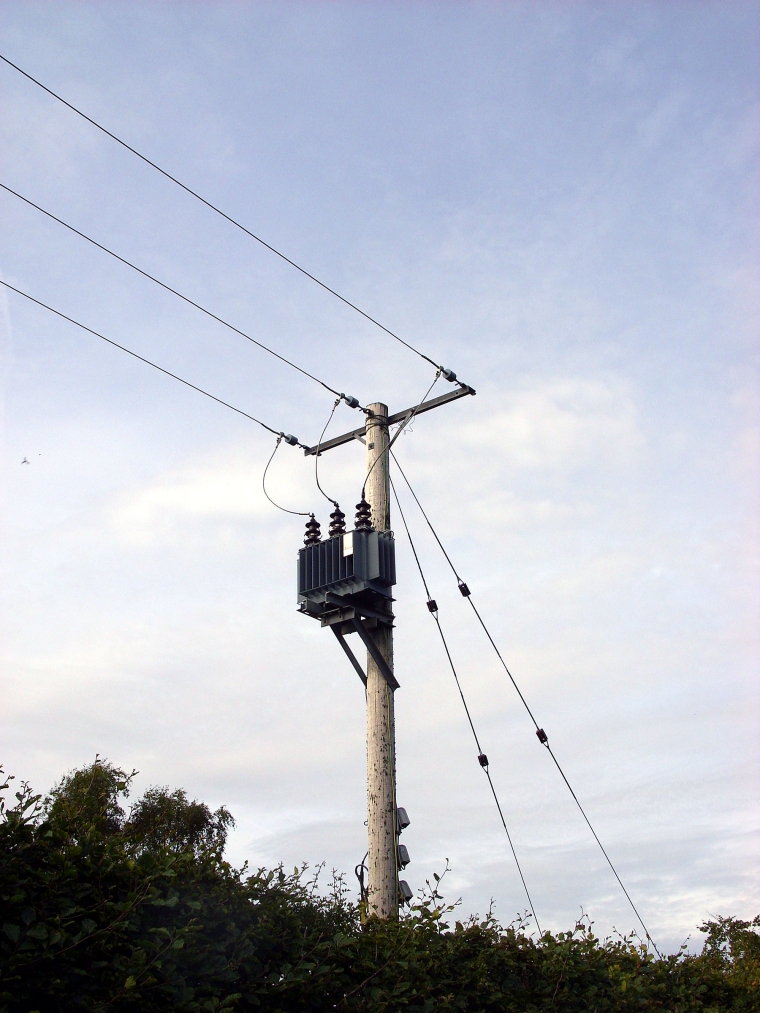
The Commerce Commission is considering rule changes that could make it easier for the energy sector to lower its greenhouse gas emissions.
The Commission could do so by making it easier for local lines companies and the national grid to earn enough money to invest in more new capacity.
This process could allow relatively clean electricity to displace more fossil fuel than it does now.
The problem is relatively urgent, since New Zealand is in danger of failing to meet the pledges made at the Paris conference on climate change.
However, progress depends on how the current review pans out.
The electricity industry is on average 85% renewable. But electricity meets only 25% of New Zealand's total energy needs, so it lacks the critical mass to transform the sector on its own.
A report last year by the consultancy, Boston Consulting Group (BCG), recommended electrifying the overall energy industry as an effective way of reducing emissions. Two obvious ways of doing this would be to have more electric cars and to use more electricity to heat factories and other large institutions.
But the cost would be huge, according to BCG.
It said $8 billion would need to be invested in transmission in the 2020s, $10 billion in the 2030s and $11 billion in the 2040s. This would cover the national grid alone.
In addition, there would have to be $22 billion invested by local lines companies in the 2020s, $25 billion in the 2030s and $24 billion in the 2040s.
And that would just be for carrying electricity from one spot to another. Actual generation of electricity would have to rise by 79% and total generating capacity would have to increase by a still larger amount to provide a buffer for emergencies.
The collective impact of this argument is that decarbonising the energy sector is environmentally worthwhile but it has gigantic sunk costs.
This raises the question over whether local lines companies could get access to capital at that sort of level.
According to their umbrella group, Energy Networks Aotearoa (ENA), the answer is yes and no.
Yes, because they can get the money in theory, but no, because the law stops them from doing so, according to the ENA chairperson, Nigel Barbour.
"Lines companies' balance sheets are in pretty good shape to fund the transition and there is a lot of interest from debt capital markets to lend to lines companies," Barbour says.
"The issue is that the regulatory regime needs to support the step up in investment."
By "regulatory regime", Barbour is referring to oversight of lines companies by the Commerce Commission.
This oversight is done because electric lines companies are natural monopolies, they face no competition, and their product is essential, so they have a captive audience.
That has made strict regulation essential, according to many successive governments.
The trouble is, according to Barbour, that the Commission looks backwards, not forwards, when it is seeking data on which to make its calculations.
"Currently the regime is tilted to funding ‘business as usual’ levels of expenditure," he says.
"With the step up (to more renewable energy), the regime needs to move to funding ahead of time, not just in time. And it needs to ensure that lines companies have sufficient incoming cash flows to service the step up in investment and debt.
"Currently the regime is tilted to back-ending cashflows – and this will need to be looked at given the order of magnitude of increases in investment levels."
In other words, state regulation requires the Commerce Commission to set prices for lines companies based on what they do now, not what they plan to do in future.
The Commerce Commission says its review is focused on the means it uses to determine final prices. These are known officially as 'Input Methodologies' (IM).
Commissioner Vhari McWha says this review is important work.
"A key focus has been to consider how our rules can help support consumers in the transition to a low carbon economy, while encouraging innovation and the delivery of resilient energy network," she says.
"We want to ensure that the regulations provide suppliers with incentives to invest, innovate and achieve efficiencies that they can share with consumers."
McWha says the IM regime has worked well, but it could be improved.
"We have identified some areas where the rules can be refined, particularly to ensure we are able to respond in an appropriate and timely way to changes in the national and global environment."
The Commission is seeking feedback and will publish its final decisions in December.
7 Comments
Totally agree.
The current CC policy is so tough, that present returns are no where near adequate to pay for the existing investments let alone the ongoing investment required to keep the networks operating. The parameters they employ are backward looking and at best only return about 4% on an inadequately measured asset base. Any capital would be far better employed pursuing just about any other endeavor than investing in the expansion required for the carbon reducing electrical technologies. Arguably the money would be better left in the bank.
I find it totally perplexing why the CC are so tough on largely collectively owned Vector and yet practically non existent in their policing of the whole raft of monopolistic behavior in the big publicly listed companies. Are they pushing an agenda to punish Vector because they evaded the governments push to privatize these assets.
It's NOT money they have a problem with; that is just keystroke-issued debt.
It is the increasingly-contested materials - and the fossil energy - required for the build.
Eric - you are a good journalist. Bother to take the time to watch this:
https://www.thegreatsimplification.com/episode/rr01-berman-michaux-prie…
We aren't going to build another grid, renewably-based or not; we're simply out of time. Of concentrated energy. Of concentrated resources. Of resources, period. Of planet.
Next article?
Everyone is just going to have to learn to live with less.
Suppose we could always degrow? All the headless chooks running around panicking about solutions to problems deliberately created could put their feet up and chill.
"The Commission could do so by making it easier for local lines companies and the national grid to earn enough money to invest in more new capacity."
More likely to go into the pockets of shareholders for the local lines companies.
NZ electricity consumption in 2022 was the lowest since 2005,providing a demand constraint on new build for transmission or distribution.Industry thinking is now on flexible supply for new demand ( such as NZ steel) and enhanced efficiency gains for existing generation by the use of smart technology.There is not a supply side constraint,it is a demand side where significant generation gets lost or sold at low rates outside of the 400 hours winter peakloads.
It would seem to me that fast start up thermal stations burning biomass are the best solution to this particular problem . They can be distributed to take load off the network, i.e every hospital could have one , also making use of the low grade heat byproduct. such would prove invaluable during a cyclone or other natural disaster event.
Community heated swimming pools are another application that could use this heat and also act as a battery, by varying the water temp by a few degrees.
Inter seasonal storage of heat / cold is another thing that could be looked at. I remember a colleague down south looking at this to justify heating domestic swimming pools, at the end of the swimming season,the cover is put on , and the low grade heat from the solar in winter is used to heat the water to keep the heat pump above zero, which means a heat pump can be used in freezing temps.

We welcome your comments below. If you are not already registered, please register to comment.
Remember we welcome robust, respectful and insightful debate. We don't welcome abusive or defamatory comments and will de-register those repeatedly making such comments. Our current comment policy is here.